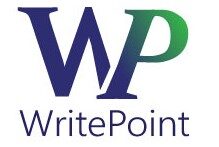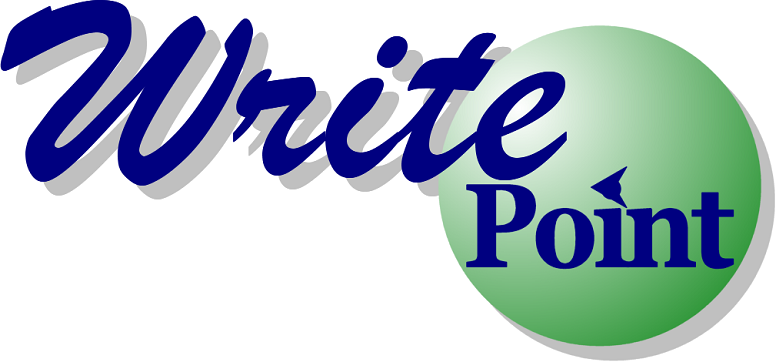Writing for Help Tips
This is part of the Help Authoring Tips series. The difference between a good help file and an ineffective one is not really how it looks, but ultimately, what is written there. Sure, the help should look good. This increases usability and makes a positive statement towards your company's branding. But the contents of the help often determines the user's ability to successfully use the application. Following are some tips for writing right - correctly writing the help so that…

